Are you ready to dive into the delightful world of coffee? Whether you’re a seasoned enthusiast or just starting out, understanding how to choose the right beans and how to store them properly can elevate your coffee experience. In this guide, we’ll explore the fascinating aspects of coffee beans, from their types and flavors to the best ways to keep them fresh using vacuum storage.
Imagine waking up to the rich aroma of freshly brewed coffee, knowing that every sip is bursting with flavor. Choosing the right beans is the first step, and we’ll help you navigate through different varieties to find what suits your palate. Plus, we’ll introduce you to the benefits of vacuum storage, ensuring that your coffee remains as vibrant as the day you bought it.
So grab your favorite mug and settle in as we uncover the essentials of coffee selection and storage. Your perfect cup of coffee awaits!
- Learn about different types of coffee beans and their unique characteristics
- Discover how roasting influences flavor and aroma
- Find out how vacuum storage can keep your coffee fresh for longer
Fundamentals of Choosing Coffee Beans
Types and Characteristics of Coffee Beans
When it comes to coffee, the variety of beans available can be overwhelming. Understanding the different types can help you make an informed choice. The two most common types are Arabica and Robusta. Arabica beans are known for their smooth, delicate flavor and tend to have a higher acidity. On the other hand, Robusta beans deliver a stronger, more bitter taste and contain more caffeine.
There are also other less common varieties like Liberica and Excelsa, which offer unique flavor profiles. Liberica beans have a floral aroma with a woody taste, while Excelsa beans add a fruity and tart note to blends. Exploring these options can be a fun journey, allowing you to discover what resonates best with your taste buds.
To help you navigate through this flavorful world, here are a few key characteristics to consider when choosing coffee beans:
- Flavor notes: Understand the flavors you enjoy, whether fruity, nutty, or chocolatey.
- Acidity: This can range from bright and tangy to smooth and mellow.
- Body: The weight of the coffee in your mouth; some prefer a light body, while others enjoy a full-bodied brew.
Recommended Beans for Beginners
If you’re new to the coffee scene, starting with the right beans can make a big difference. I recommend beginning with medium-roasted Arabica beans. They strike a nice balance between flavor and acidity, making them approachable for most palates.
Another excellent option for beginners is a coffee blend. These blends often combine different beans to create a well-rounded flavor profile, which can help you identify your preferences as you explore. Don’t hesitate to experiment with different roasters or blends; each one has its own unique take on flavor and aroma.
As you start your coffee journey, remember that finding your ideal bean is a personal experience. Enjoy the process of discovery and don’t be afraid to try something new along the way.

If you’re eager to deepen your coffee knowledge, you might find it helpful to explore the article titled Discover the Secrets of Choosing Coffee Beans and Enjoying Their Acidity. This piece delves into the selection of coffee beans and their unique acidity characteristics, providing valuable insights for both beginners and seasoned enthusiasts alike.
- Look for local roasters that offer sample packs to explore different flavors.
- Consider trying single-origin coffees to appreciate the distinct characteristics of beans from specific regions.
- Keep notes on what you like and dislike to refine your selections over time.
Roasting and Its Impact
What is the Roasting Process?
Roasting coffee beans is a magical process that transforms green, raw beans into the aromatic, flavorful coffee we love. It all starts with applying heat to the beans, causing a series of chemical reactions known as the Maillard reaction. As the beans roast, they undergo color changes, moving from green to yellow, then to various shades of brown, depending on the roast level.
During roasting, the natural sugars in the beans caramelize, and oils begin to emerge. This is where the flavor truly develops, as the heat unlocks a variety of compounds that contribute to the coffee’s aroma and taste. The roasting process can take anywhere from a few minutes to over 20 minutes, depending on the desired roast level. Understanding how this process works can give you a deeper appreciation for the flavors in your cup.
Once the roasting is complete, it’s essential to cool the beans quickly to stop the cooking process. This is often done by blowing cool air over the beans or placing them in a cooling tray. After roasting, the beans continue to release carbon dioxide, which is why it’s recommended to let them rest for a short period before brewing. This resting period allows the flavors to mellow and develop even further.
To fully enjoy your coffee experience, knowing about the roasting process is vital. It sets the stage for understanding how roast levels can impact flavor and aroma.
- Roasting involves heating green coffee beans to create flavor.
- The Maillard reaction plays a crucial role in developing taste and aroma.
- Cooling the beans quickly after roasting is essential to stop the cooking process.
How Roast Level Affects Flavor
The roast level of coffee beans significantly influences their flavor profile, and this is where the fun really begins. Light roasts tend to preserve the original flavors of the beans, showcasing bright acidity and fruity notes. If you enjoy tasting the unique characteristics of the coffee’s origin, light roasts can be a delightful choice.
On the other hand, medium and dark roasts develop deeper flavors, often showcasing chocolatey, nutty, or caramel notes. Medium roasts strike a balance between acidity and richness, while dark roasts tend to have a bold, robust flavor with a lower acidity. As you explore different roast levels, pay attention to how each one affects your coffee experience.
Understanding roast levels can also help you make informed decisions when it comes to storage. Since the oils in coffee beans can become rancid over time, using vacuum storage methods can keep your beans fresh longer, no matter the roast level. Whether you prefer the bright notes of a light roast or the rich flavors of a dark roast, proper storage is key to enjoying every cup to its fullest.
- Light roasts highlight the coffee’s original flavors and acidity.
- Medium roasts offer a balanced flavor profile.
- Dark roasts provide bold and rich flavors with lower acidity.
Varieties of Brewing Methods
Differences Between Drip and French Press
Now that we’ve explored the importance of choosing the right beans and understanding the roasting process, let’s dive into the exciting world of brewing methods. Each technique brings out different flavors and characteristics from the coffee beans, making your cup a unique experience. Two popular methods are drip brewing and French press, each with its own charm.
Drip coffee makers are incredibly convenient. They work by slowly dripping hot water over coffee grounds, allowing the flavors to extract gradually. This method typically results in a clean and bright cup of coffee. The consistent temperature and brewing time help highlight the coffee’s acidity, which can be delightful, especially if you’re using high-quality beans.
On the flip side, the French press method offers a richer and more robust flavor. This technique involves steeping coarsely ground coffee in hot water before pressing down a metal or plastic plunger. The coffee grounds remain in contact with the water longer, which leads to a fuller-bodied brew with deeper flavors. Many coffee lovers appreciate the tactile experience of using a French press and enjoy the rich, oily texture it produces.
Ultimately, the choice between drip brewing and French press comes down to personal preference. Experimenting with both methods can help you determine which one brings out the best in your favorite beans.
- Drip coffee is convenient for everyday use.
- French press offers a richer, full-bodied flavor.
- Each method highlights different characteristics of coffee beans.
Impact of Brewing Time on Flavor
As you embark on your brewing adventure, it’s essential to consider how brewing time affects the flavor of your coffee. The extraction process is a delicate balance, and even a minute can make a significant difference in taste.
For drip coffee, a brewing time of about 4 to 6 minutes is ideal. This allows the water to extract the right amount of oils and flavors without becoming bitter. If you let it brew for too long, you may end up with an overly extracted cup that lacks the brightness and freshness you desire.
In contrast, when using a French press, a brewing time of around 4 minutes is generally recommended. This duration allows the flavors to meld beautifully without becoming too intense. If you steep it for too long, you risk over-extraction, leading to a bitter taste and an unpleasant mouthfeel.
Being mindful of brewing time can transform your coffee experience. As you play with different beans and methods, take notes on how each variable impacts the flavor. This practice will help you refine your brewing skills and discover your perfect cup.
- Brewing time is crucial for flavor extraction.
- Drip coffee should brew for 4 to 6 minutes.
- French press requires about 4 minutes of steeping time.
Benefits of Vacuum Storage
Mechanism and Effects of Vacuum Storage
When it comes to preserving the freshness of your coffee beans, vacuum storage is a game changer. The principle behind vacuum storage is simple yet effective: by removing air from the storage container, you significantly slow down the oxidation process that leads to stale flavors. This means your coffee stays vibrant and flavorful for a longer time.
Using a vacuum-sealed bag or container creates an environment where the beans are less exposed to oxygen and moisture, two of the biggest enemies of coffee freshness. As a result, the oils and aromatic compounds that contribute to the delightful taste of your brew are preserved. Imagine savoring a cup of coffee that tastes just as fresh as the day you brought it home!
Additionally, vacuum storage helps maintain the ideal temperature and humidity levels for your beans. Fluctuations in these conditions can adversely affect flavor and aroma, so keeping your coffee in a stable environment is key. This method not only prolongs the shelf life of your beans but also enhances your overall coffee experience.
To get the most out of vacuum storage, consider the following tips:
- Always use airtight containers specifically designed for vacuum storage.
- Avoid opening the container frequently to minimize exposure to air.
- Label your containers with the date of storage to keep track of freshness.
Tips for Keeping Coffee Fresh Longer
As you embrace the benefits of vacuum storage, there are additional steps you can take to ensure your coffee remains fresh for as long as possible. First, consider the location where you store your coffee. It’s best to keep it in a cool, dark place, away from direct sunlight and heat sources. This will help maintain the integrity of the beans.
Another helpful tip is to buy coffee beans in smaller batches. While it might be tempting to stock up on your favorite roast, purchasing smaller quantities ensures that you consume them before they begin to lose their freshness. Remember, once coffee is ground, it oxidizes much faster, so it’s best to grind beans just before brewing.
Lastly, don’t forget to periodically check your storage setup. If you notice any signs of moisture or if the vacuum seal is broken, it’s time to reassess your storage method. A little attention goes a long way in preserving the delightful flavors of your coffee.
- Store coffee in a cool, dark place to protect it from light and heat.
- Buy in smaller quantities to ensure freshness.
- Regularly check your storage containers for any signs of moisture or damage.
Summary
In summary, understanding how to choose and store your coffee beans is essential for enhancing your coffee experience. The journey begins with selecting the right beans, where factors like flavor notes, acidity, and body play a crucial role in defining your perfect cup. Once you’ve found your favorite beans, proper storage becomes vital to maintain their freshness and flavor.
Vacuum storage is a game changer in preserving the quality of your coffee. By eliminating air exposure, you can significantly slow down the oxidation process, keeping your beans flavorful for longer. Remember to store your coffee in airtight containers and in a cool, dark place to further enhance its longevity.
Additionally, consider purchasing smaller quantities of coffee to ensure you’re always enjoying it at its freshest. Regularly checking your storage methods and being mindful of the environment in which you keep your beans will also contribute to a better coffee experience.
Embrace the delightful world of coffee, and don’t hesitate to experiment with different brewing methods and flavors. Your taste buds will thank you!
- Selecting the right beans involves understanding flavor notes, acidity, and body.
- Vacuum storage significantly prolongs the freshness of coffee by reducing air exposure.
- Store coffee in a cool, dark place and consider buying in smaller quantities for optimal freshness.
I’d love to hear your thoughts! What are your favorite coffee beans, and how do you store them? Share your experiences in the comments below!



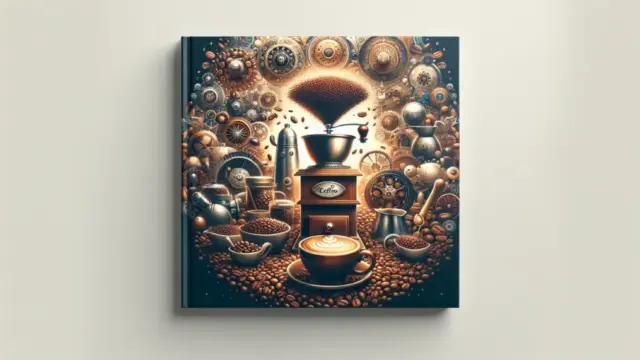





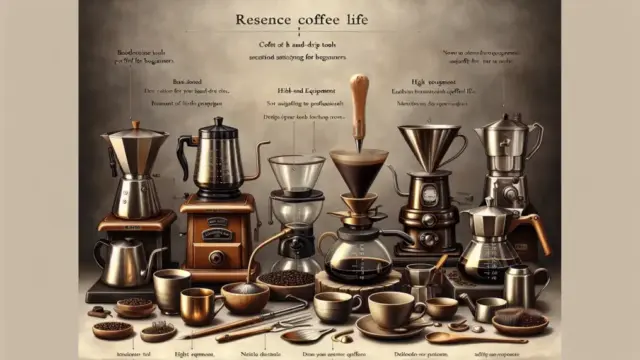










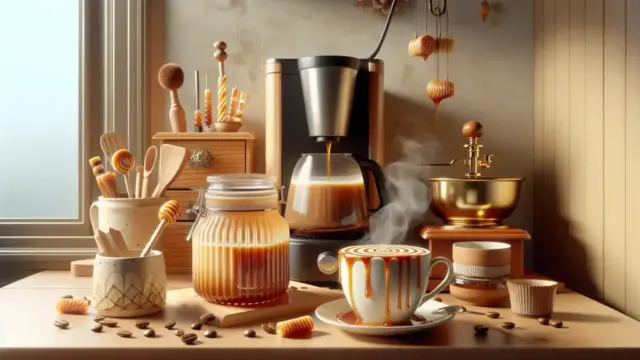
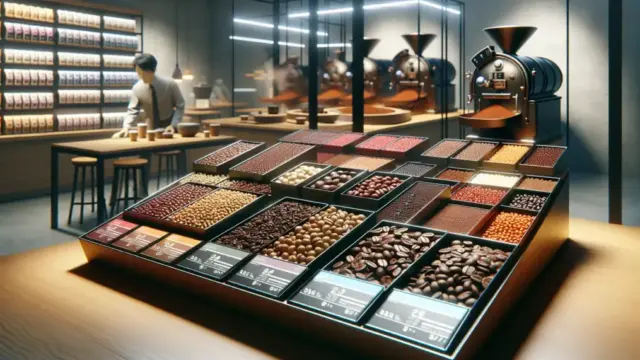

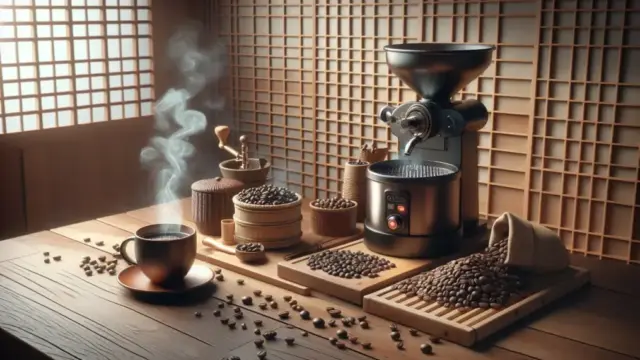





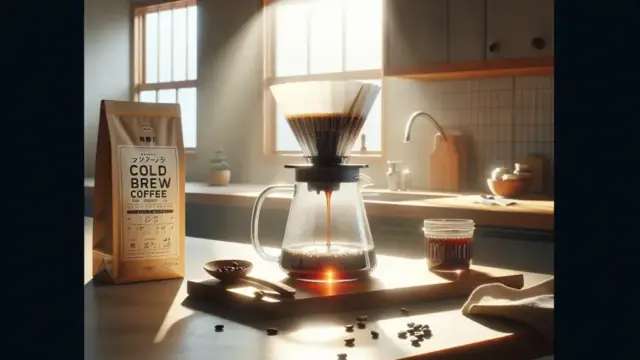

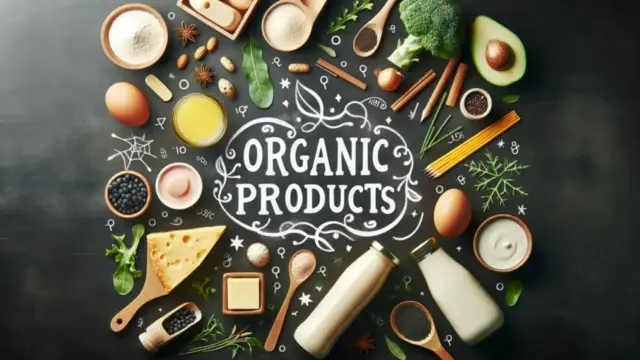

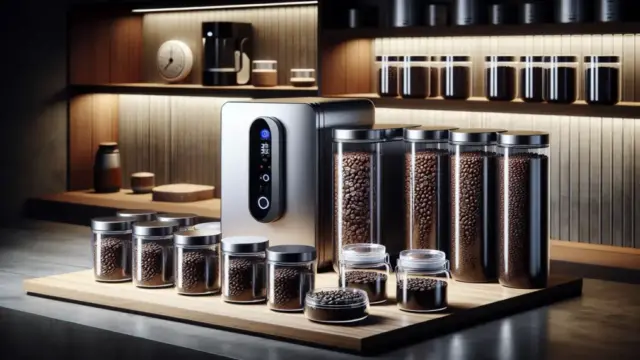


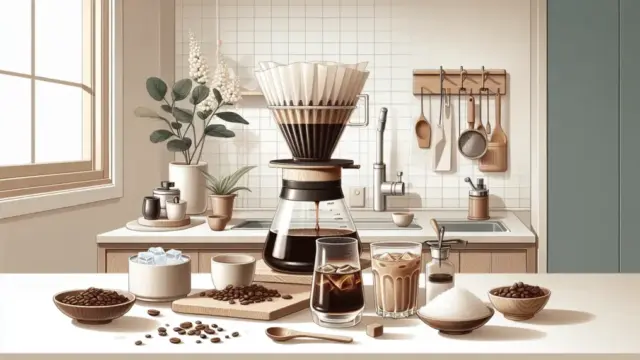



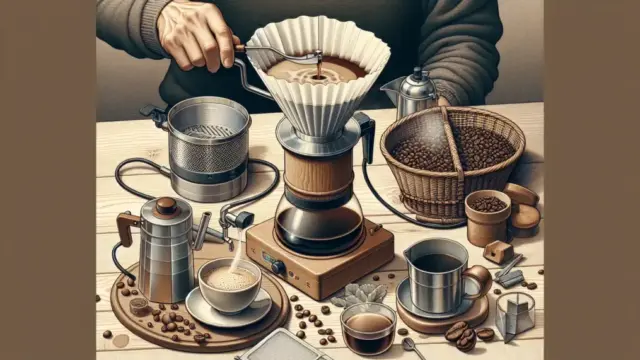

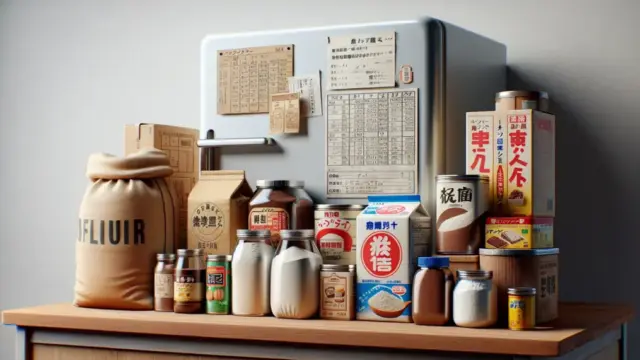







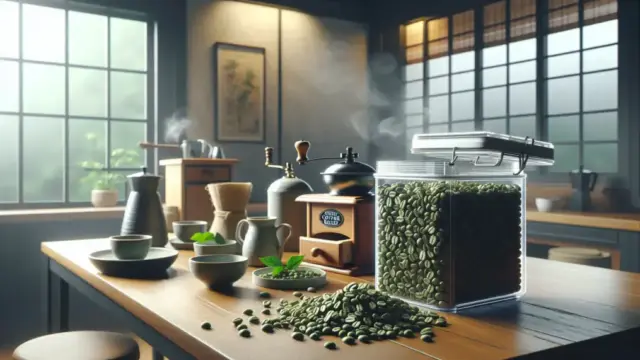




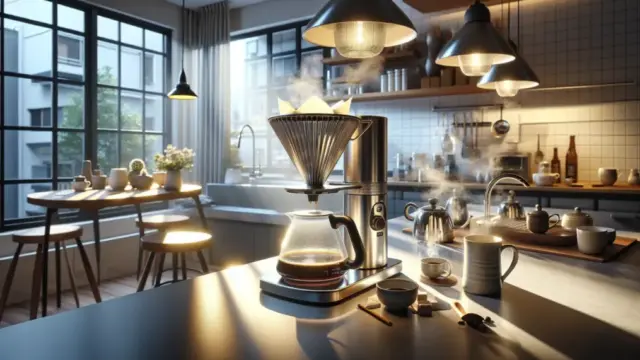

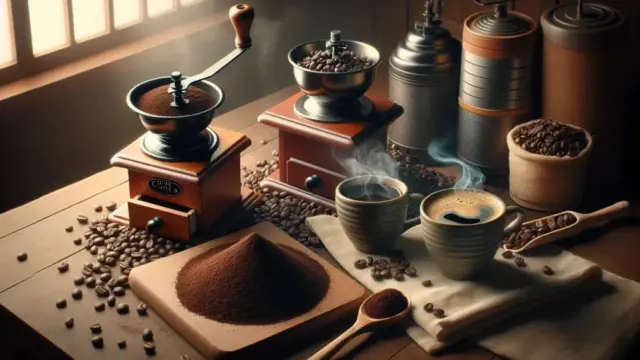


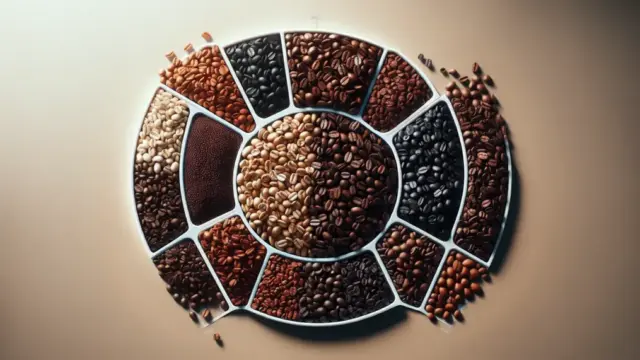






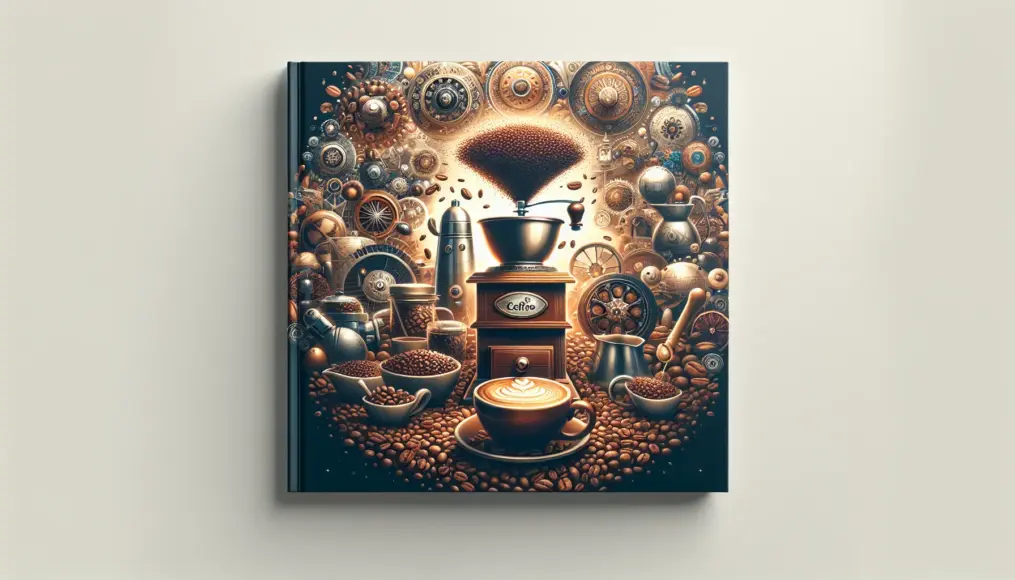

Comment